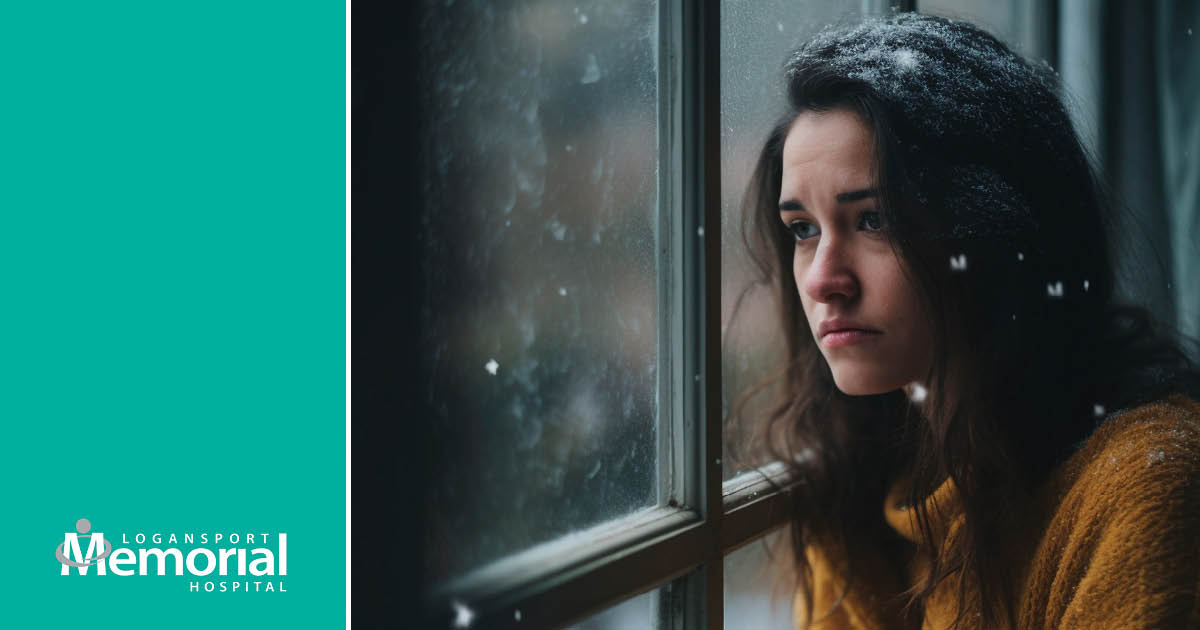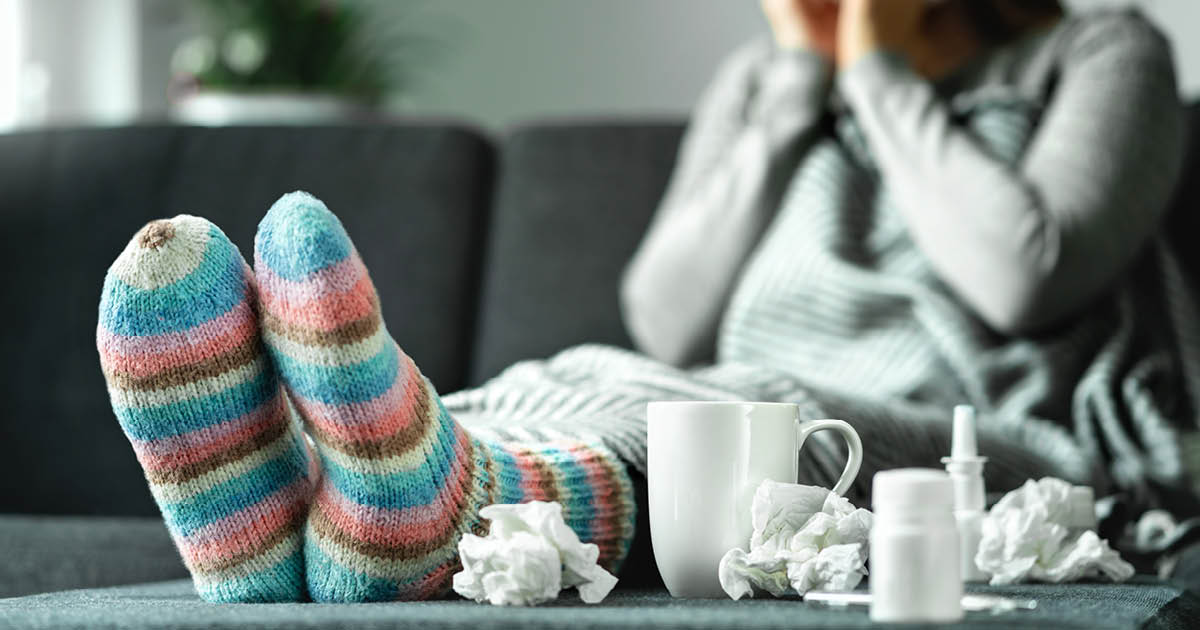Osteoporosis is a disease in which bones become weak and brittle. There are no symptoms or signs of osteoporosis and many people do not realize they have it until a bone breaks. However, if diagnosed early, the progression of osteoporosis can be slowed dramatically. As with many screening tests, osteoporosis screening can make a positive impact on your life for years to come.

Some bone weakness is a natural part of aging. Throughout your life you lose bone mass but your body naturally replaces it. As you get older, the replacement happens at a slower rate and in some cases, loss happens faster than it can be replaced.
Risk factors for osteoporosis
An estimated 10 million Americans have osteoporosis; 80% are women.
Women generally have less bone mass than men and with the fairly sudden hormonal changes of menopause, bone mass loss increases. That is why more women than men have osteoporosis; however, anyone can have the disease. Regular physical exams can uncover some of the following common risk factors and help make sure you are screened when needed:
- Genetics
- Diet deficiencies – particularly not getting enough calcium or vitamin D
- Lack of exercise
- Smoking
- Bone structure and body weight
- Long term use of some medications
- Chronic diseases including liver disease, celiac disease, Chron’s disease, diabetes and more
Learn more about osteoporosis risk factors >>
Osteoporosis screening
The National Osteoporosis Foundation suggests the following for initial screening:
- All women age 65 and older and men age 70 and older, regardless of risk factors
- Postmenopausal women and men aged 50-69 with one or more risk factors for osteoporosis
- Any adult age 50 years and older with a fracture
- Any adult with a health condition or medication associated with low bone mass or bone loss
The most common osteoporosis screening test is a bone mineral density test. A bone mineral density test (BMD) can diagnose osteoporosis and determine your fracture risk. BMD is a painless and noninvasive test that measures the density (mass) of your bones/ Talk to your doctor about whether you are a candidate for a BMD test.
Healthy choices for your bones
Regardless of your risk factors, there are some lifestyle changes you can make that reduce your risk of having osteoporosis and can reduce its impact if you do have it.
- Eat a balanced diet. Good nutrition is essential for bone growth. A balanced diet, adequate calories, and appropriate nutrients are the foundation for development of all your tissues, including bone.
- Exercise regularly. Early in life, exercise helps you achieve peak bone mass. Later in life, exercise can help reduce bone loss – particularly regular weight-bearing exercise. Examples include walking, running, tennis, dancing, hiking, and racquetball. Strength training can also help increase your bone density and keep your muscles strong, so that you are less likely to fall and fracture a bone.
- Do not smoke. Smoking puts people at higher risk for developing osteoporosis.
- Avoid excess alcohol and caffeine. Both alcohol and caffeine have been shown to negatively affect bone growth.
- Talk to your doctor. At your annual check-up, make sure you review your full list of medications – some medications increase the risk of osteoporosis. If you are concerned about osteoporosis, ask your doctor if you show any risk factors that point to needing a bone density mineral test.
Finally, osteoporosis happens to the elderly, but the best time to reduce your risk is during your youth. Teach your children (or grandchildren) healthy habits. Maximizing bone mass early in life is the most crucial way to reduce the impact of bone loss related to aging. Childhood is also a critical time for the development of lifestyle habits conducive to maintaining good bone health throughout life.




